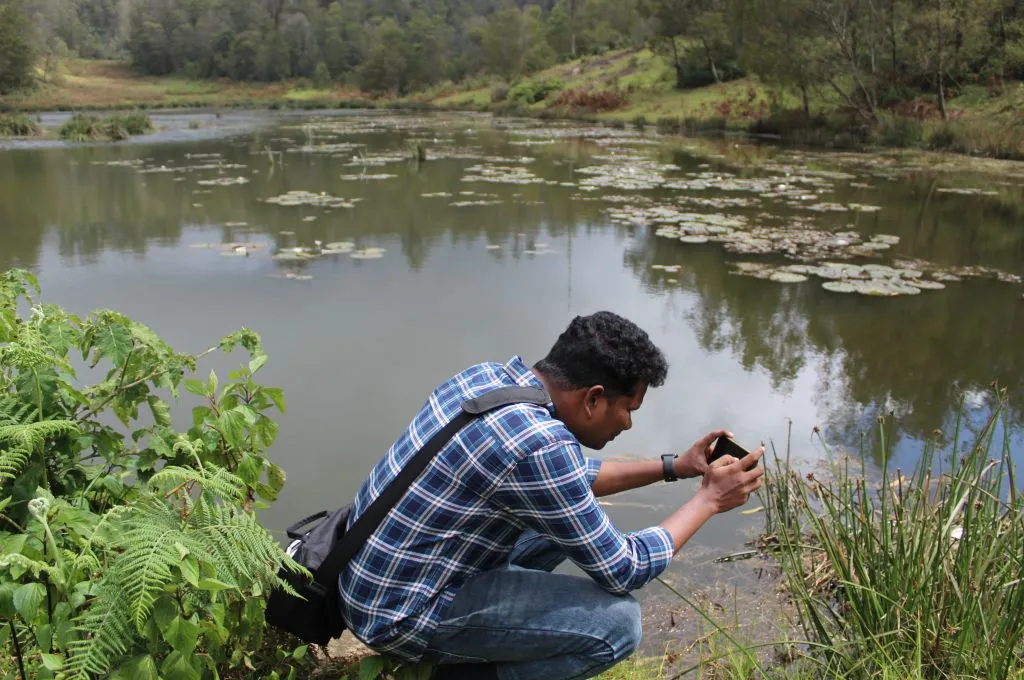With research and evidence pointing to a clear link between a company’s commitment to the greater good and its ability to hire and retain talent–Harvard Business Review found that roughly 50 percent of the global millennial workforce wants work that connects to a larger purpose—companies are increasingly rethinking the way in which they have traditionally approached CSR vis-a-vis their employees. The result: CSR programmes that are designed with a strong employee engagement focus.
While employee engagement can mean different things to different people–from volunteering for CSR projects to matching grants programmes– there is now a clear acknowledgement among corporates that it provides a key competitive advantage.
A 2014 study by Aon Hewitt Associates reported that companies with higher levels of employee engagement outperformed the stock market by nearly 20 percent.
This essentially means that engaging employees in CSR is as important as any business decision. And companies embarking on the task of engaging employees need to look at the five Cs:
[quote]Companies embarking on the task of engaging employees need to look at the five Cs[/quote]
1. Cause
Employees no longer simply come to work, complete their tasks and clock-out. They want to be part of a larger purpose or cause they can relate to, something over and above their own career progression.
Companies, therefore, need to look beyond their immediate communities or concerns, at issues that allow them to collaborate with their employees for greater good. They need to be able to provide opportunities–be it volunteering or leading a CSR programme – that enable employees to find deep and personal meaning in and outside of work.
While focusing efforts behind a single cause allows for a more powerful contribution and, presumably, impact, employees also need to feel that they have the freedom to pursue their own cause as a part of their corporate volunteerism.
Novo Nordisk’s portal for employee engagement, called “Changing Our Communities,” is a good example. It helps employees find volunteer opportunities, but doesn’t stop there: for every project submitted, the company makes a donation in the individual’s or team’s name to one of its partner nonprofit organisations.
Related article: Employee Engagement: What it takes to run a large scale programme
2. Culture
The world of work is vastly different and far more complex than it was only a few years ago. Employees today work more hours. Offices have shrunk into handheld devices that constantly buzz 24X7. It is important to recognise these changes in the work culture and build these insights into the employee engagement programmes.
Providing employees with flexibility, professional development and mobility in their CSR engagement opportunities will play a big role in defining a company’s CSR culture.
The Tata group’s flagship employee volunteering programme, Tata Engage, has different formats. These range from short-term, four- to-six- hour volunteering opportunities at nonprofits, to ProEngage, a skills-based volunteering opportunity over weekends that lasts for two to six months. The longer-term projects typically focus on institution-strengthening, which are critical for a nonprofit’s growth and eventual impact.
The website aggregates volunteering opportunities, hosts communications products and tool kits for employees, curates a blog for colleagues and partners to share experiences and feedback, and maintains an online dashboard of volunteering hours clocked by individuals and group companies.

Photo Courtesy: Tata Sustainability Group
3. C-suite leadership
Leadership is critical for engaging employees in CSR. A strong commitment demonstrated by the C-suite results in more impactful programmes.
Marc Benioff, CEO of Salesforce.com promotes what he calls ‘the 1 per- cent solution.’ This involves 1 percent of the company’s equity, 1 percent of its profits and 1 percent of its employees’ paid work hours to philanthropy.
Related article: Making the CSR mandate matter
4. Communication
Companies need to develop communication processes, policies and platforms that encourage employees to participate in and communicate about CSR.
For example, Sodexo’s YouTube channel not only has promotional materials and videos about their CSR programmes but also dozens of employee volunteering stories by employees themselves.
The results should also be measurable and reported both internally and externally, providing a highly visible yardstick of progress for both the nonprofit partner and the employee.
[quote]The results should also be measurable and reported both internally and externally[/quote]
5. Coherence
As stakeholders place an increasing importance on CSR, some companies have started to look at it as an opportunity to fundamentally strengthen their businesses while contributing to society at the same time. They view CSR as central to their overall strategies, helping them to creatively address key business issues.
Unilever’s Sustainable Living Plan, for example, helps the company drive growth through brands with a purpose, reduce costs and risk, and build trust.
Paying attention to the five Cs will help companies design CSR programmes that will allow them to engage employees as partners not only for achieving profitability but also for building and strengthening the community.





